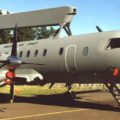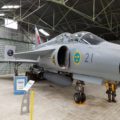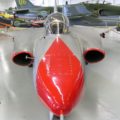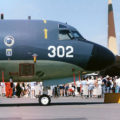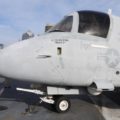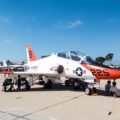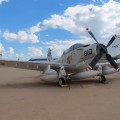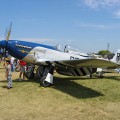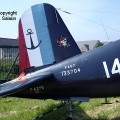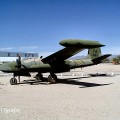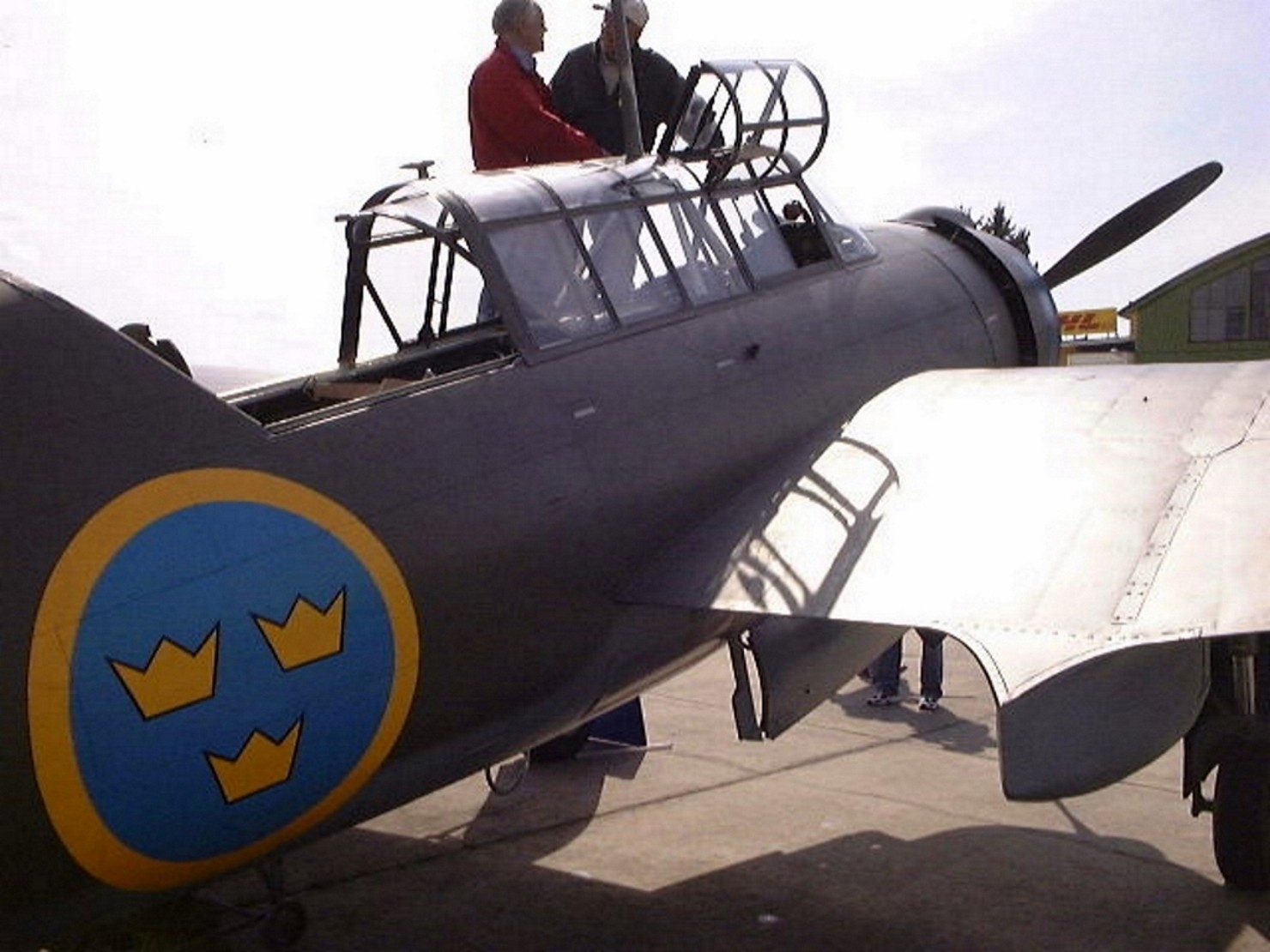
SAAB B17 | |
|---|---|
| Šalies | Švedija |
| Vaidmenį | Bombonešis, žvalgyba |
| Pirmasis skrydis | 1940 m. gegužės 18 d. |
| Pastatytas | 323 |
2007 Saabas 17 was a Swedish bomber-reconnaissance aircraft. The project was initiated in response to a request in 1938 from the Swedish air force for a reconnaissance aircraft that could replace the Fokker S 6. Design work began at the end of the 1930s as the L 10 by ASJA, but after the merger with Saab in 1939 it was renamed Saab 17. The wings were reinforced to make it possible for use as a dive bomber. Since there was a shortage of engines the aircraft were flown to their destination, where the engines were removed and returned for use by the next delivery. The aircraft was also made in three versions with different engines.
Šaltinis: SAAB B17 Vikipedijoje
| SAAB B17 Walk Around | |
|---|---|
| Photographer | Bengt Norman |
| Localisation | Unknow |
| Photos | 52 |
Raskite rinkinius "eBay":
| Saab B 17A Walk Around | |
|---|---|
| Fotografas | Per Borjeson |
| Lokalizavimo | Nežinoti |
| Nuotraukos | 15 |
Susiję rinkiniai:
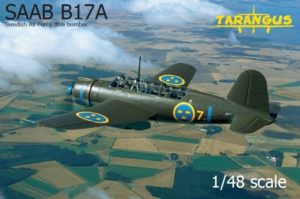
The SAAB B17 was a Swedish single-engine monoplane that served as a reconnaissance and dive bomber aircraft during the 1940s. It was developed by SAAB from a previous design by ASJA, and it was the first all-metal stressed skin aircraft built in Sweden. The SAAB B17 had a long greenhouse canopy that housed a crew of two, a pilot and an observer/gunner. The aircraft could be fitted with different types of landing gear, such as wheels, skis or floats, depending on the terrain and mission. The SAAB B17 was powered by various radial engines, such as the Pratt & Whitney R-1830, the Bristol Mercury or the Piaggio P.XI, which gave it a maximum speed of about 435 km/h.
The SAAB B17 was armed with two fixed forward-firing 8 mm machine guns in the wings, one flexible rearward-firing 8 mm machine gun in the cockpit, and up to 680 kg of bombs in an internal bay or underwing racks. The SAAB B17 could also use its undercarriage doors as dive brakes when performing vertical attacks. The SAAB B17 entered service with the Swedish Air Force in 1942, and it was used for various roles such as reconnaissance, bombing, anti-shipping, anti-submarine and target towing. The SAAB B17 was also exported to Ethiopia and Denmark, where it remained in service until 1968. The SAAB B17 was a versatile and reliable aircraft that proved its worth in different conditions and scenarios.
Views : 2277
